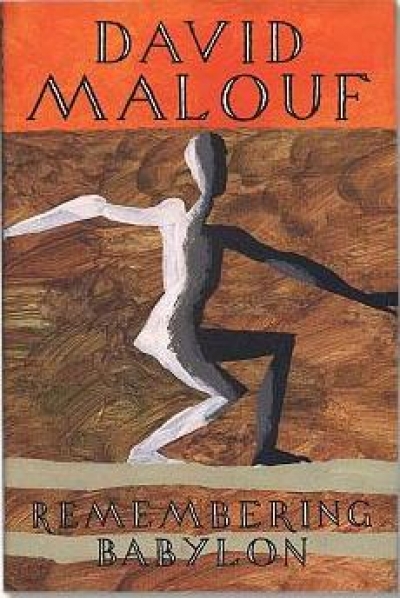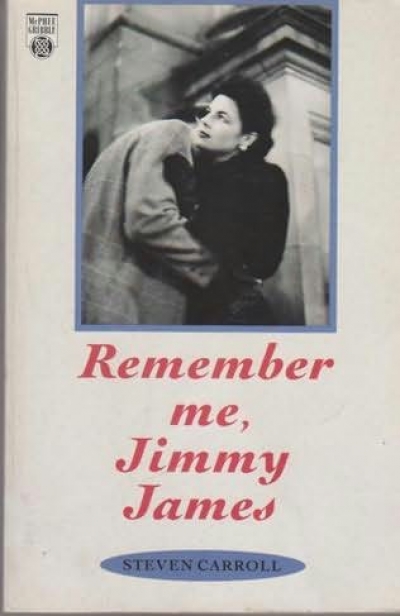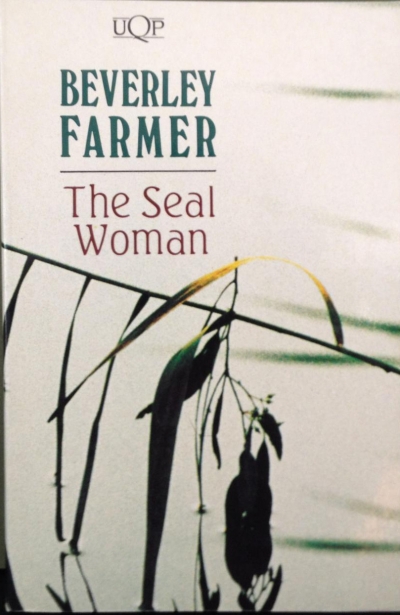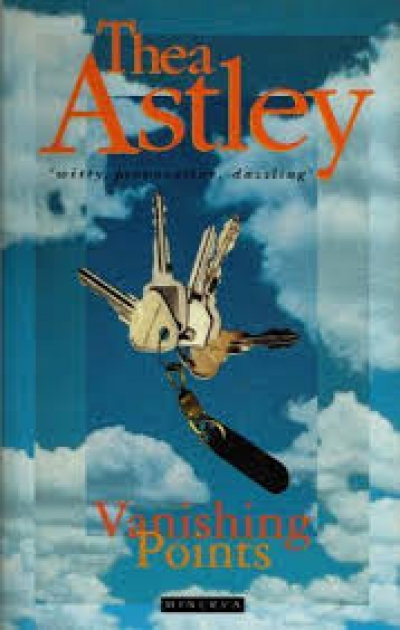Australian Fiction
I’ve left formal art criticism behind to a certain extent and I’m glad to do that.’ I found the area of art criticism very inhibiting and when I was waiting the book on Joy Hester in tandem with my first novel, crossing the t’s and dotting the I’s, and getting everything absolutely correct, suddenly seemed enormously constraining. But writing about Joy Hester, who is difficult (because so many of her works deal with states of feeling), I think I helped push my writing further and further away from the correctness of art history and towards a much more lyrical and imaginative way of writing.
... (read more)








